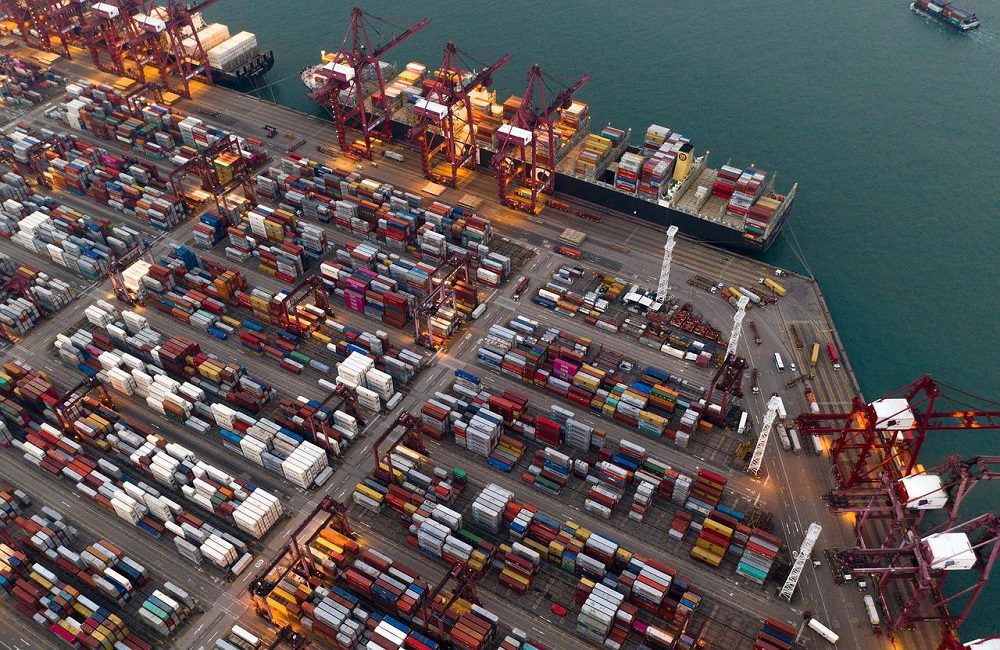If you have ever had to manage an oversized or overweight shipment, you know that it can be a tricky process. Experts like Michael Bilokonsky at WhiteHorse Freight in Fort Thomas, Kentucky, say that not only do you need to worry about the safety of your load, but you also need to make sure that you are adhering to any regulations or restrictions that may be in place. This article will discuss how to manage shipments from small LTL shipments to over-dimensional loads with escort services.
Shipments Can Be Dangerous If Not Handled Properly
Shipments can be dangerous if not appropriately handled by freight companies. Shipping something involves loading it onto a truck or other vehicle, then delivering it to its destination. If the item is not securely fastened or packed correctly, it can fall off the truck and be damaged.
In addition, Michael Bilokonsky says if the truck driver is not careful, the shipment can be damaged in transit. As a result, freighting companies must not damage shipments in transit. In addition, they should also take care to secure and pack items before shipping them properly. By accepting these precautions, freighting companies can help to ensure that shipments arrive at their destinations safely and without damage.
Different Types Of Freighting Options For Different Shipments
Not all shipments are the same, so different types of freight options are available for other loads.
Dry Freight
This type of freight ships items that do not need to be refrigerated or protected from the elements. They are typically shipped in trailers that are not temperature controlled.
Refrigerated Freight
This type of freight ships items that need to be kept cool or cold, such as food and pharmaceuticals. It typically uses temperature-controlled trailers and may also use ice or dry ice to keep the contents cool.
Flatbed Freight
This type of freight is used to ship items too large or bulky to be shipped in a standard container. It uses trailers with an open flatbed, allowing for easy loading and unloading of essential things. They also typically have a tarp that can be used to cover the load and protect it from the elements.
Specialty Freight
This freight ships items that require special care or handling, such as hazardous materials or over-dimensional loads. They typically use trailers specifically designed to transport these types of things safely and securely.
Intermodal Freight
This type of freight is used to ship items using multiple modes of transportation, such as by truck and train. Intermodal freight is typically used for large shipments transported over long distances.
Michael Bilokonsky says freighting companies must choose the right type of freight for their shipments to ensure they arrive safely and without damage.
Proper Training Is Necessary For Employees
Working in freight and shipping can be dangerous if you don’t know what you’re doing. Some heavy boxes and crates need to be lifted and moved around, and if you’re not careful, you could easily injure yourself. That’s why proper training is essential for anyone who wants to work in this field. Without appropriate training, you could end up hurting yourself or someone else.
And let’s face it, no one wants to get hurt on the job. In addition to being dangerous, working in freight and shipping can also be stressful. There are deadlines to meet and customers to please. If you’re not careful, you can quickly become overwhelmed. That’s why it’s essential to learn how to manage your stress and stay calm under pressure. You can stay safe and healthy while working in freight and shipping with proper training.
How Is Each Shipment Different?
Now that we’ve gone over some of the different types of freight and shipping, let’s take a closer look at how each shipment is separate.
Shipments can vary in size, weight, and contents. As a result, it’s essential to choose the right type of freight for your shipment. If you’re unsure what kind of freight to use, you can always ask a professional for help. They will be able to advise you on the best way to ship your particular shipment.
In addition to size and weight, shipments can also vary in terms of contents. Some shipments may contain hazardous materials, while others may be over-dimensional loads. Choosing the correct type of freight for your shipment is essential to ensure that it arrives safely and without damage.
The Importance Of A Comprehensive Safety Plan
Freighting companies must have a comprehensive safety plan in place to ensure the safety of their employees and shipments. This safety plan should include procedures for handling different types of loads and training employees on how to handle these shipments properly. Without a comprehensive safety plan, you could end up putting yourself and your employees at risk.
Michael Bilokonsky says a well-trained staff is a key to any successful freight company. Employees must be adequately trained to safely and effectively handle shipments. Without proper training, you could end up putting yourself and your employees at risk.
Conclusion
Shipment management is critical for the success of any freight company. By following these tips, you can ensure that your shipments are safe and arrive on time.


